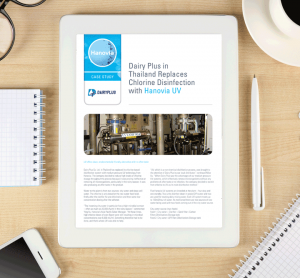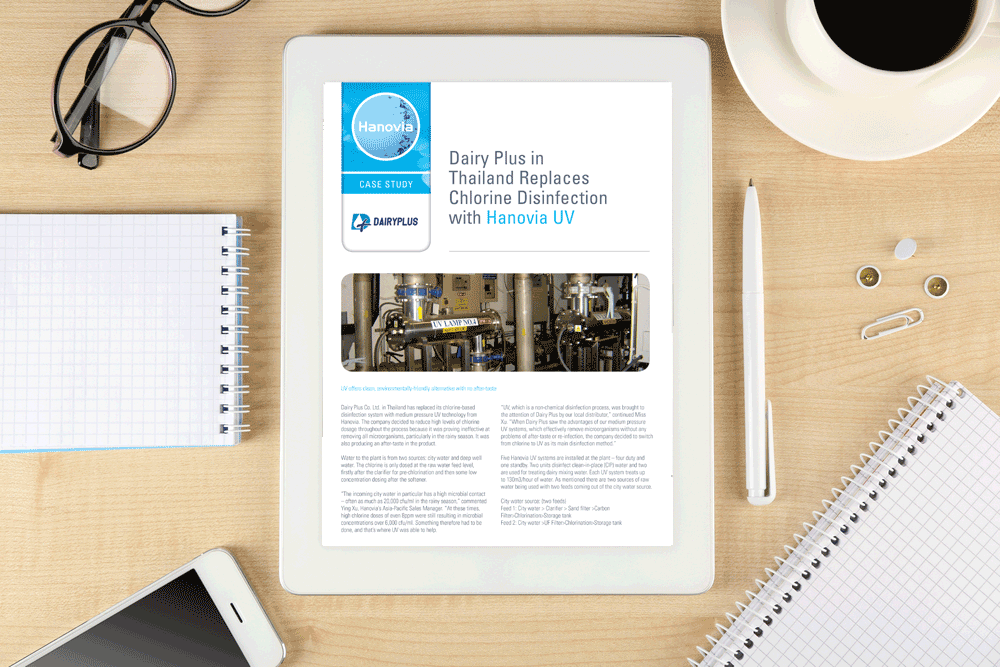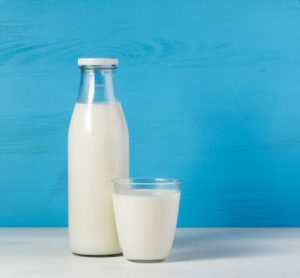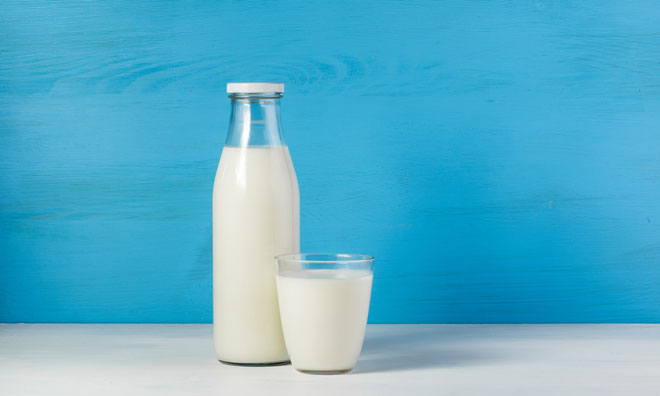Selection of starters for flavour formation in dairy foods
1 May 2014 | By Wim J.M. Engels, Senior Project Manager and Scientist, NIZO food research
Fermented low salt and low fat dairy foods, such as cheese and yoghurt, with great taste – this is possible with the rational design of improved, tailor-made industrial cultures with attractive flavour forming properties. Various tools and model systems for directed screening for flavour producing (starter) organisms are now available…














